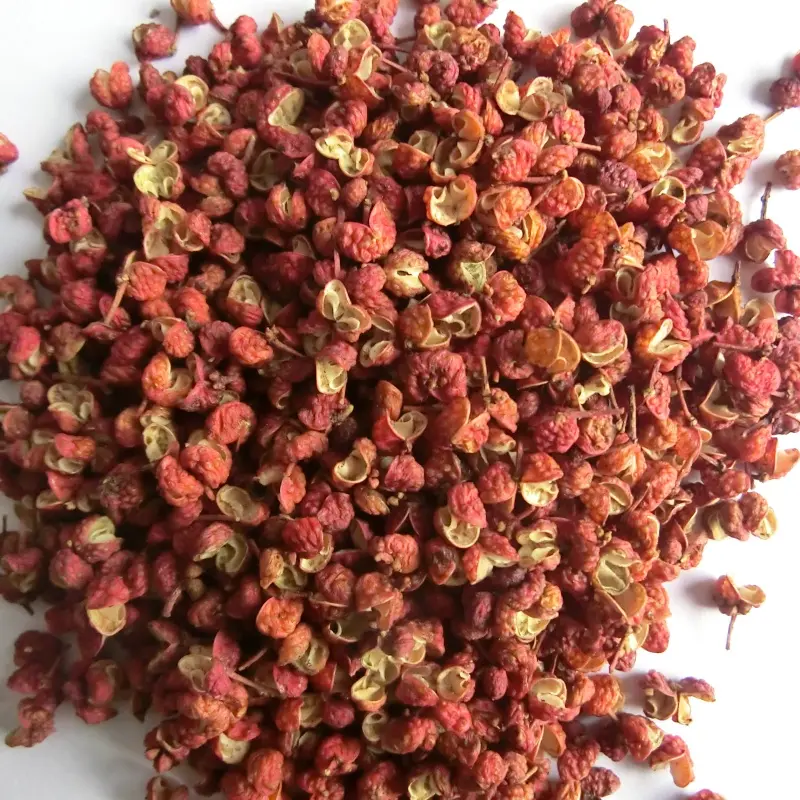When someone bites into a fiery stir-fry and starts to sweat, most of us assume it’s the chili pepper doing the heavy lifting. But what if the sensation isn’t burning—what if it's tingling, numbing, or buzzing? If you’ve ever had Sichuan hotpot or mapo tofu and felt like your tongue was experiencing a strange electric thrill, you’ve likely encountered Szechuan peppercorn—the secret weapon of Sichuan cuisine.
This piece dives deep into the fundamental difference between Szechuan peppercorn and chili pepper. We’ll explore their chemical compounds, sensory effects, culinary uses, cultural roots, and scientific data. If you're a chef, foodie, spice merchant, or just someone curious about that peculiar mouth buzz, this guide is for you.
Heat vs. Numb: The Science Behind the Sensation
To understand the contrasting sensations of chili peppers and Szechuan peppercorns, let’s start with a bit of food chemistry. The following table outlines the main active compounds and their effects:
Active Compounds and Sensory Effects
| Compound | Sensation | Primary Location of Effect | Scoville Heat Units (SHU) |
|---|---|---|---|
| Capsaicin (Chili Pepper) | Burning heat | Mouth, throat | 100 – 2,200,000+ |
| Hydroxy-alpha-sanshool (Szechuan Peppercorn) | Tingling and numbing | Lips, tongue | 0 (Not measured in SHU) |
Capsaicin, the infamous molecule in chili peppers, binds to pain receptors and tricks the brain into sensing heat. Its power is measured in Scoville Heat Units (SHU), which can range from mildly spicy to nuclear-level hot.
By contrast, Hydroxy-alpha-sanshool, found in Szechuan peppercorns, activates tactile and vibration-sensitive neurons—hence the numbing, tingling, and almost buzzing sensation. Fascinatingly, sanshool doesn’t register as "heat" on the Scoville scale at all, yet its effect can feel even more intense in a different way.
Chili Pepper: The Firestarter of Global Cuisines
From habaneros in the Caribbean to bird’s eye chilies in Southeast Asia, chili peppers are ubiquitous. Their diversity in flavor, aroma, and spice level has turned them into a global culinary chameleon.
Comparative Heat Levels and Sanshool Content
| Pepper Type | SHU Range | Sanshool Content (approx. mg/g) |
|---|---|---|
| Red Chili | 30,000 – 50,000 | 0 |
| Bird’s Eye Chili | 100,000 – 225,000 | 0 |
| Jalapeño | 2,500 – 8,000 | 0 |
| Green Sichuan Pepper | Not applicable | 4.2 – 5.8 |
| Red Sichuan Pepper | Not applicable | 5.5 – 6.3 |
You’ll notice that all chili types have zero sanshool, while Szechuan peppercorns contain a substantial amount. The fire of chili is purely chemical heat—no tricks, no illusions—just a full-on sensory assault.
Szechuan Peppercorn: The Buzz That Builds
Szechuan peppercorn doesn’t burn—it tingles, numbs, and electrifies. It’s often described as citrusy, floral, slightly bitter, and utterly captivating. There’s even evidence that sanshool can stimulate salivation and heighten the flavors of other ingredients.
What makes this spice even more magical is its synergistic relationship with chili peppers. When paired together (as in Sichuan cuisine), the chili's burn and the peppercorn’s buzz combine to produce a uniquely addictive experience known as "málà" (麻辣)—literally "numb-spicy."
Flavor, Culture, and Context: A Deeper Look
Let’s break down how these two powerhouses differ in practical terms.
Side-by-Side Attribute Comparison
| Attribute | Szechuan Peppercorn | Chili Pepper |
|---|---|---|
| Flavor Complexity | Citrusy, floral, slightly bitter | Smoky, sweet, sharp, varies by type |
| Culinary Application | Core to Sichuan cuisine; used in Five-Spice powder | Staple in global spicy dishes |
| Mouth Sensation | Tingling, numbing, salivary stimulation | Sharp heat, stinging, burning |
| Cultural Use | Strong regional identity in Sichuan, China | Worldwide use in regional cuisines |
This divergence is more than chemistry—it's culture, heritage, and identity on a plate. While chili peppers revolutionized cooking globally after their Columbian Exchange journey, Szechuan peppercorns have remained a quintessential symbol of Chinese gastronomy.
Global Spice Trade & Industry Perspective
Szechuan peppercorn is no longer just a Chinese kitchen staple—it’s becoming a darling of gourmet chefs and spice lovers worldwide.
That’s where Weifang Manna Foods Co., Ltd. (Manna Food) steps in. As a leading exporter of authentic Sichuan peppercorn, Manna Food has spent decades perfecting the cultivation, processing, and global distribution of both red and green varieties.
Our factory is equipped with:
FDA-approved facilities
Stainless steel drying and cleaning equipment
Metal detectors and demagnetizers
HACCP and ISO certifications
Customized processing for global markets
From New York’s Michelin-starred kitchens to Tokyo’s izakayas and Middle Eastern fusion restaurants, Manna Food’s Szechuan peppercorns are spicing up the world with precision and passion.
If you need to order pepper please feel free to contact us.
Modern Research: What the Numbers Say
In a sensory study published in the journal Chemical Senses, researchers found that sanshool activates mechanoreceptors in the mouth, causing vibrations measured at approximately 50 Hz—the same frequency used in smartphone haptic feedback. That buzzing isn’t just in your head—it’s measurable.
Another comparative study of consumer reactions showed:
| Test Condition | Avg. Heat Score (1-10) | Avg. Numbness Score (1-10) |
|---|---|---|
| Jalapeño Only | 5.2 | 0.3 |
| Szechuan Peppercorn Only | 1.1 | 7.8 |
| Málà Combination | 6.9 | 6.4 |
This illustrates a crucial insight: heat and numbness are not opposites—they are orthogonal dimensions of flavor. Combining both can create a richer and more dynamic culinary experience.
Why Our Mouths Love the Buzz
There’s a psychological aspect too. The paradox of enjoying pain or discomfort (from chili) and novelty (from sanshool) creates a dopaminergic reward loop. Simply put: your brain lights up when your mouth goes on a thrill ride.
And that’s what keeps people coming back for another bite—even when their eyes are watering.
Practical Tips for Using Each Spice
Chili Pepper: Choose your type based on SHU. Use dried or fresh. Saute to release oils.
Szechuan Peppercorn: Toast lightly to awaken aroma. Crush gently. Avoid biting whole seeds—remove husks if desired.
Bonus Pro Tip: Try infusing neutral oil with both chili and Szechuan peppercorn. Drizzle it on noodles or dumplings for a true málà explosion.
Final Thoughts: Not All Spice Is Created Equal
In the fiery world of spices, chili peppers bring the burn, while Szechuan peppercorns bring the buzz. Together, they don't just spice up your dish—they electrify your entire dining experience.
With Manna Food’s expertly processed Szechuan peppercorns, available for export to over 20 countries, you’re not just buying a spice—you’re embracing a sensorial tradition refined by science, culture, and craftsmanship.
So the next time your tongue tingles in a hotpot, remember: you’re not just tasting spice—you’re feeling a botanical phenomenon.
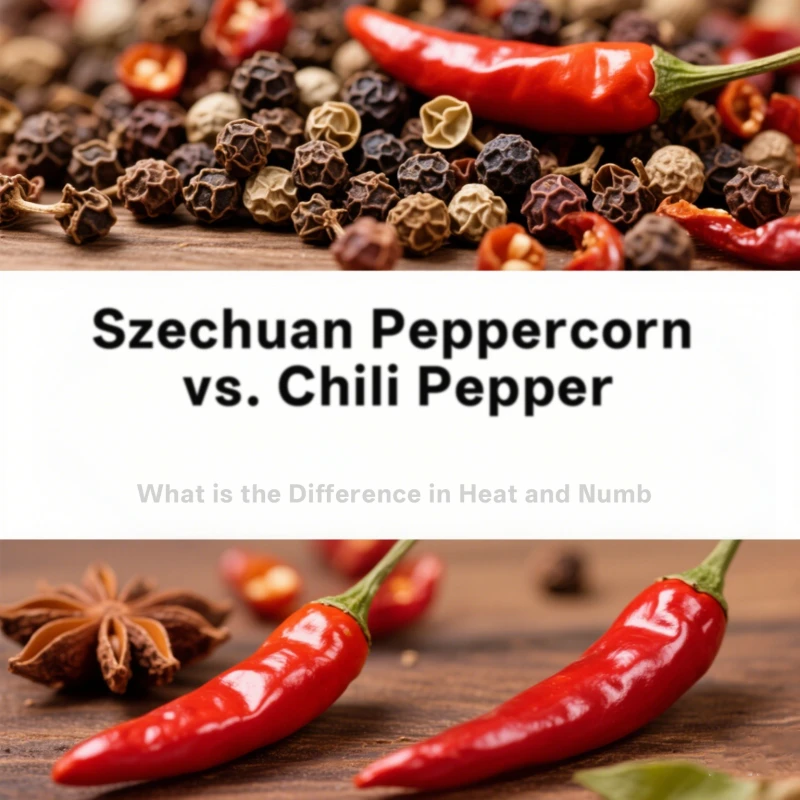
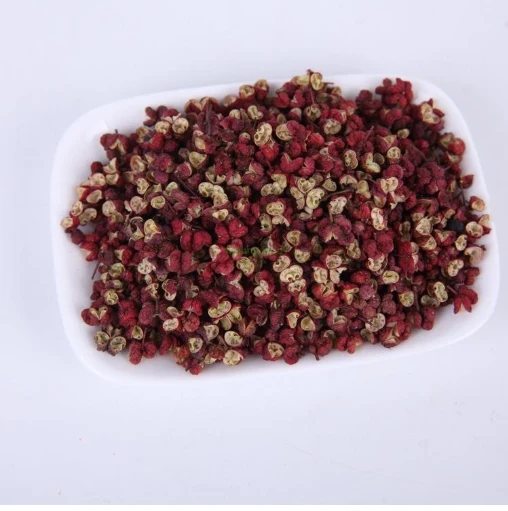
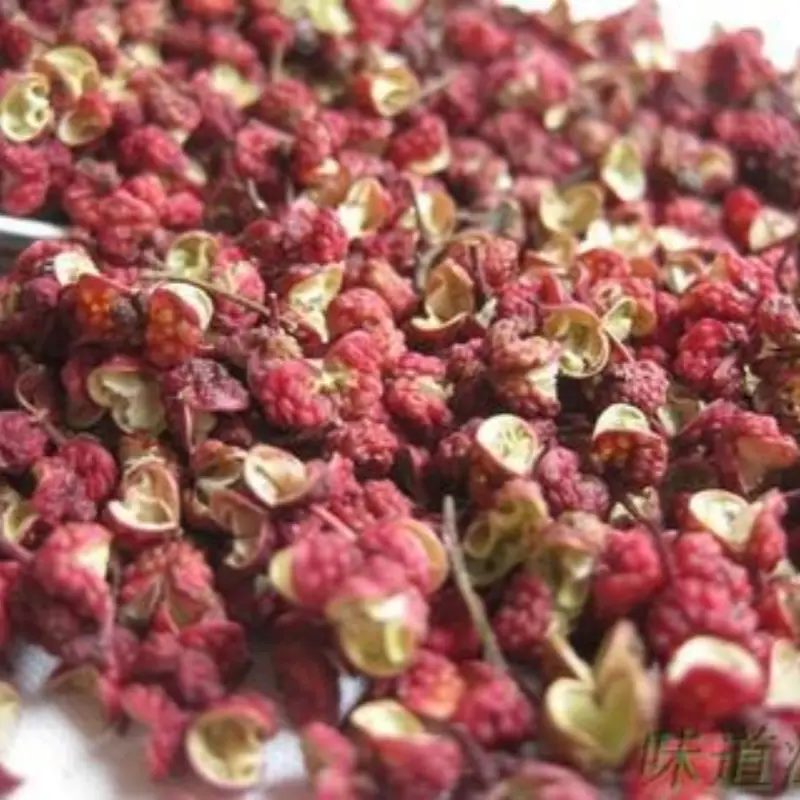
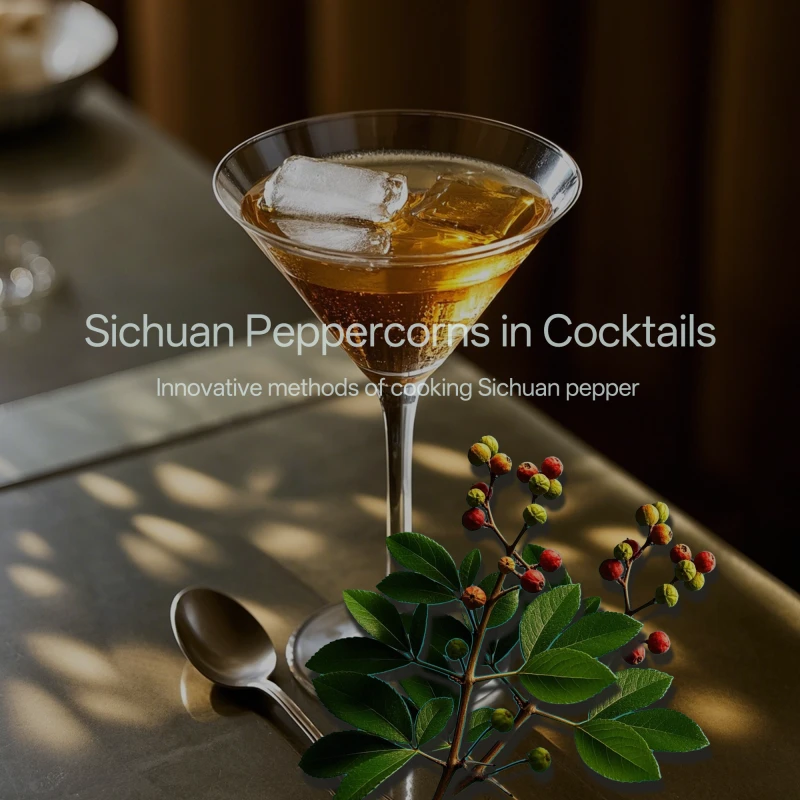
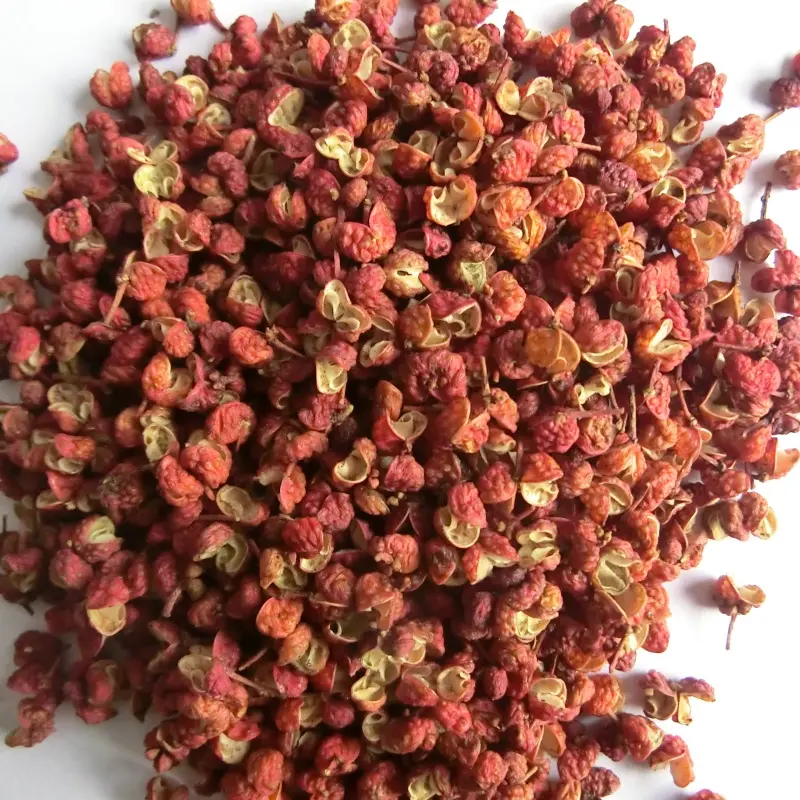
811.webp)

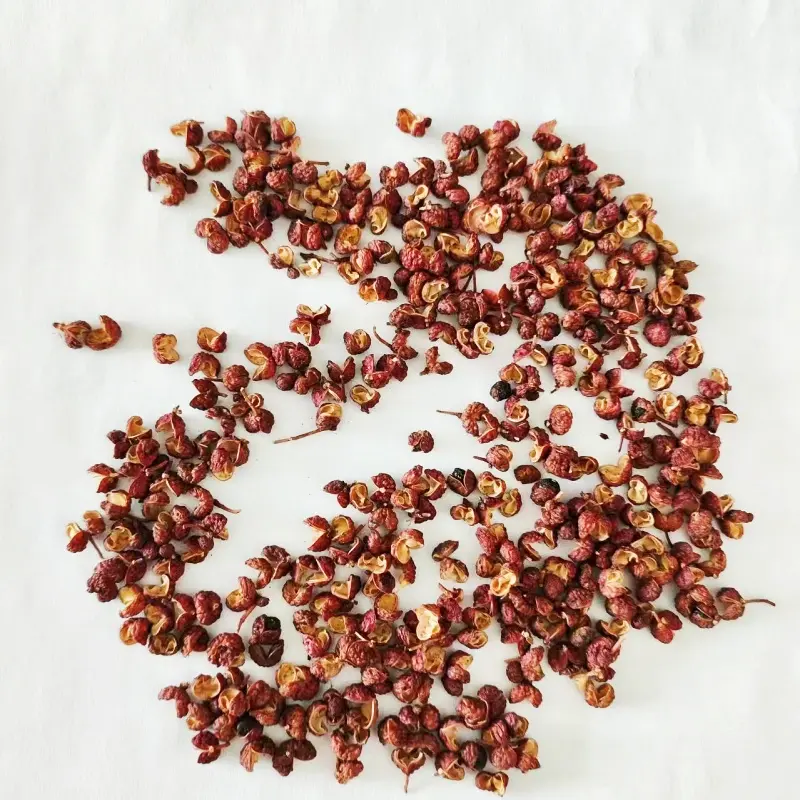
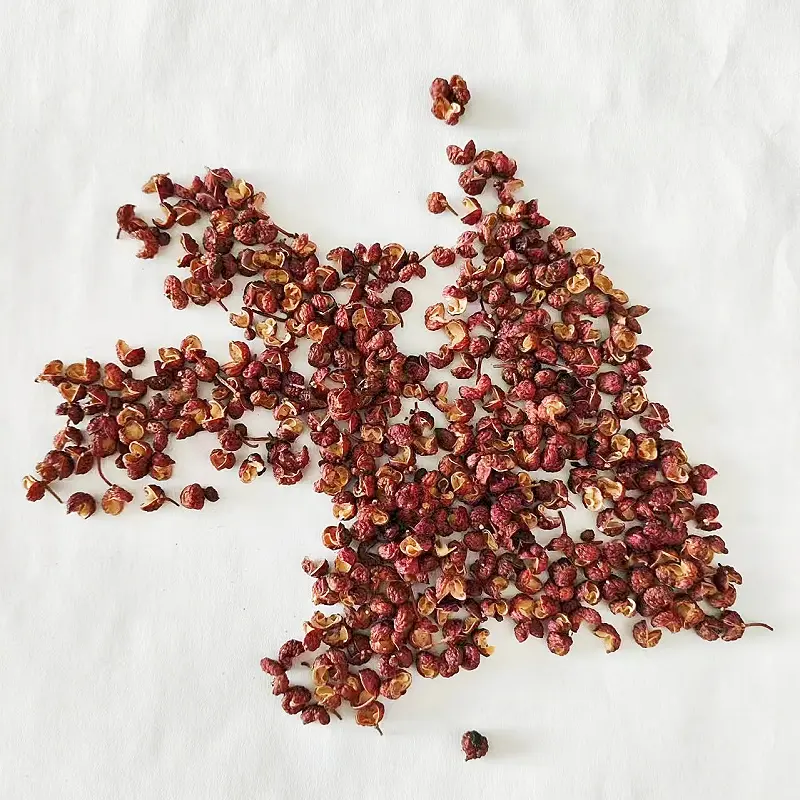
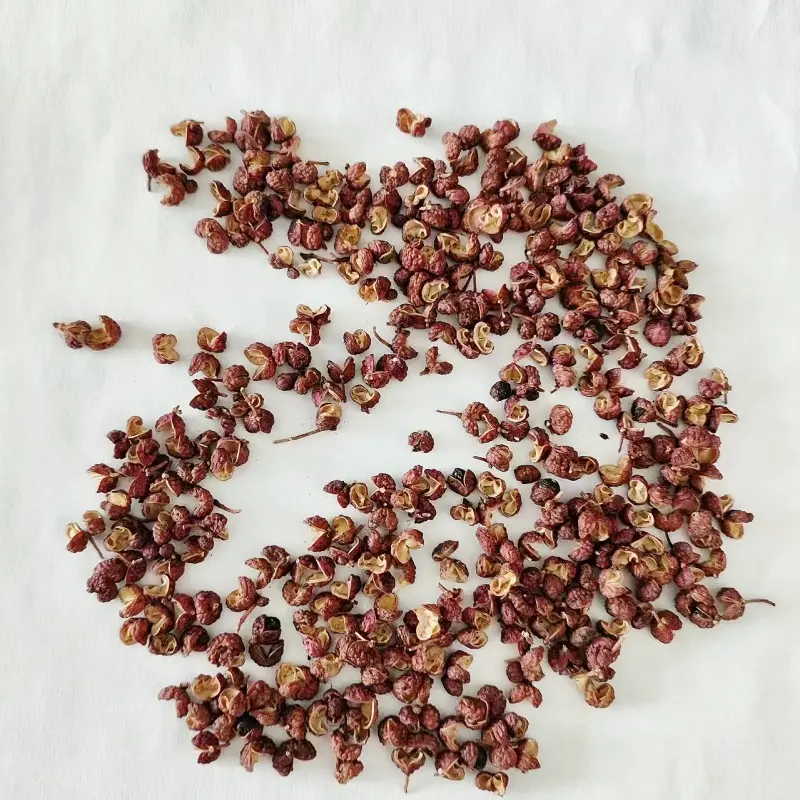
114.webp)
